A powerful 8.8-magnitude earthquake struck Russia’s Far East early Wednesday, triggering a tsunami across the northern Pacific and prompting warnings from Alaska and Hawaii to coastal regions as far south as New Zealand.
In Japan, authorities issued evacuation alerts affecting around 1.9 million people. A 50-centimetre (1.6-foot) tsunami was recorded at Ishinomaki port, the highest reported so far, while a 40-centimetre (1.3-foot) wave was recorded in Tokachi on the southern coast of Hokkaido, Japan’s northernmost main island.
Tsunami alerts led to traffic jams in Honolulu, Hawaii, as warning sirens sounded and residents moved to higher ground. Hawaii Governor Josh Green said waves had reached up to six feet and urged caution as the threat persisted.
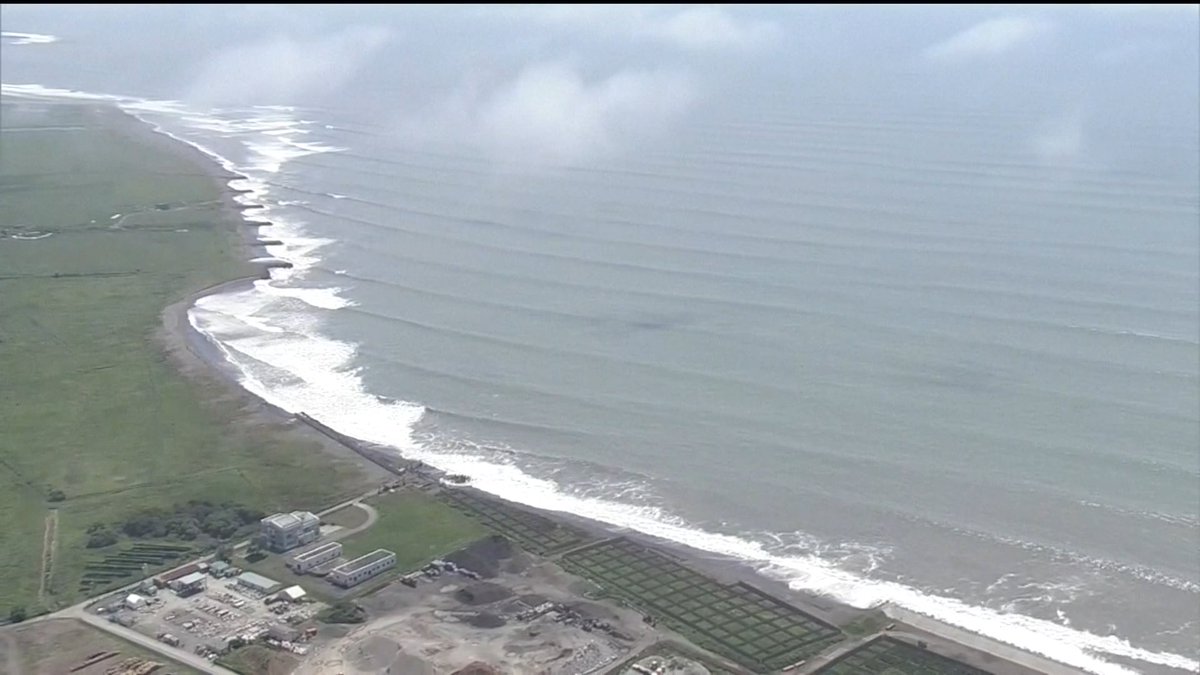
In Russia’s Kamchatka Peninsula, the area closest to the quake’s epicentre, authorities reported structural damage and evacuations but no major injuries. The initial tsunami wave struck Severo-Kurilsk, the main town in Russia’s Kuril Islands.
Local Governor Valery Limarenko confirmed residents were safe and remained on elevated ground until any risk of further waves had passed.
The US National Weather Service’s Pacific Tsunami Warning Centre confirmed that a tsunami capable of damaging all Hawaiian coastlines had been generated.
“Urgent action should be taken to protect lives and property,” the centre said, warning that the initial waves could reach Hawaii around 7 pm Tuesday local time.
On the US mainland, the Oregon Department of Emergency Management advised that smaller waves, between one and two feet (30–60 cm), could reach the state’s coast from 11.40 pm local time. Residents were asked to avoid beaches, harbours and marinas until the threat cleared.
Tsunami advisories were also issued for Canada’s British Columbia and the US states, including Washington and California.
The earthquake struck at 8.25 am Japan time. Initial readings placed its magnitude at 8.0, but the US Geological Survey later revised it to 8.8.
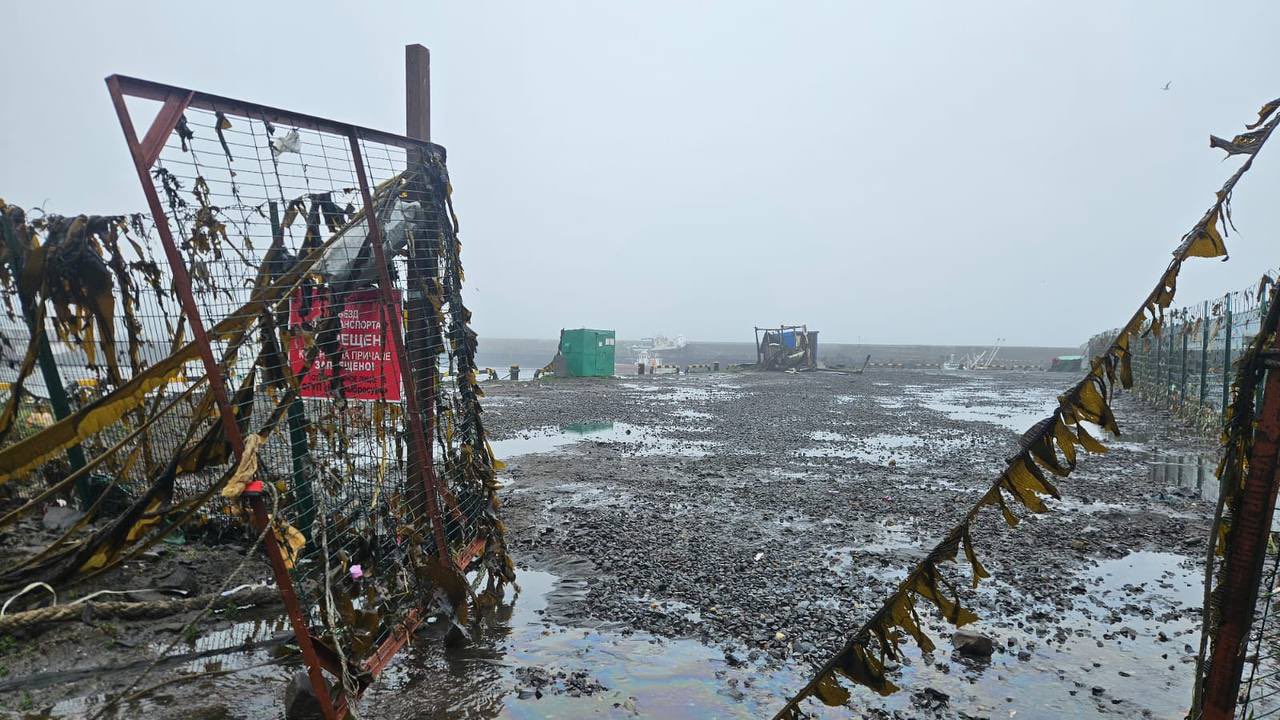
The epicentre was located about 119 kilometres (74 miles) east-southeast of Petropavlovsk-Kamchatsky in Kamchatka, at a depth of 20.7 kilometres (13 miles). Multiple aftershocks followed, some as strong as magnitude 6.9.
In Kamchatka’s capital, Petropavlovsk-Kamchatsky, the tremor caused building damage, power cuts and mobile network disruptions. Local reports said some people sought medical help, but there were no major injuries.
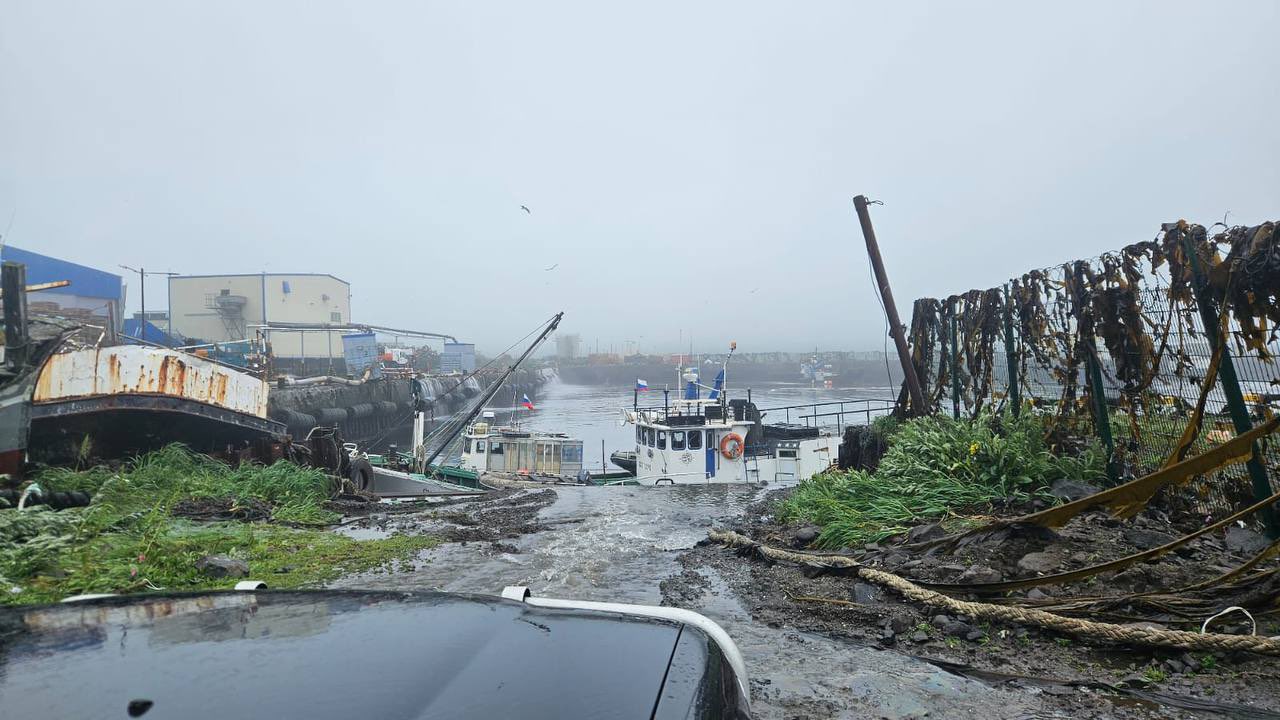
The quake is thought to be the strongest globally since the March 2011 Japan earthquake, which reached magnitude 9.0 and caused a catastrophic tsunami and nuclear disaster. Few earthquakes worldwide have been stronger.
In Japan, transport links were disrupted. Ferry services between Hokkaido and Aomori were suspended, as were routes connecting Tokyo to nearby islands. Sendai Airport temporarily closed its runway, and some local train services were delayed or halted.
Japan’s nuclear plants reported no safety concerns. Tokyo Electric Power Company Holdings, which operates the Fukushima Daiichi plant, confirms that about 4,000 workers moved to higher ground as a precaution while continuing to monitor the situation remotely.
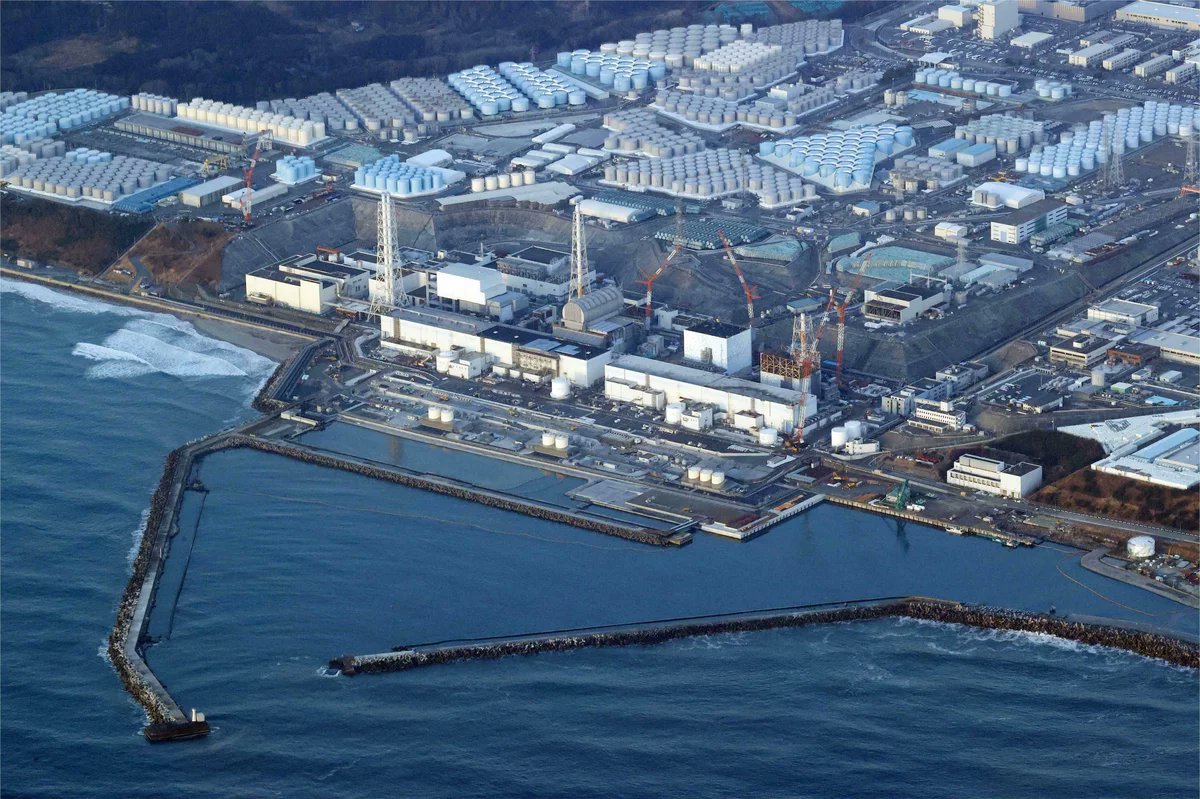
The Philippines also warned coastal provinces facing the Pacific about possible tsunami waves of up to one metre (three feet).
“It may not be the largest of waves, but these can continue for hours and expose people swimming in the waters to danger,” said Teresito Bacolcol of the Philippine Institute of Volcanology and Seismology.
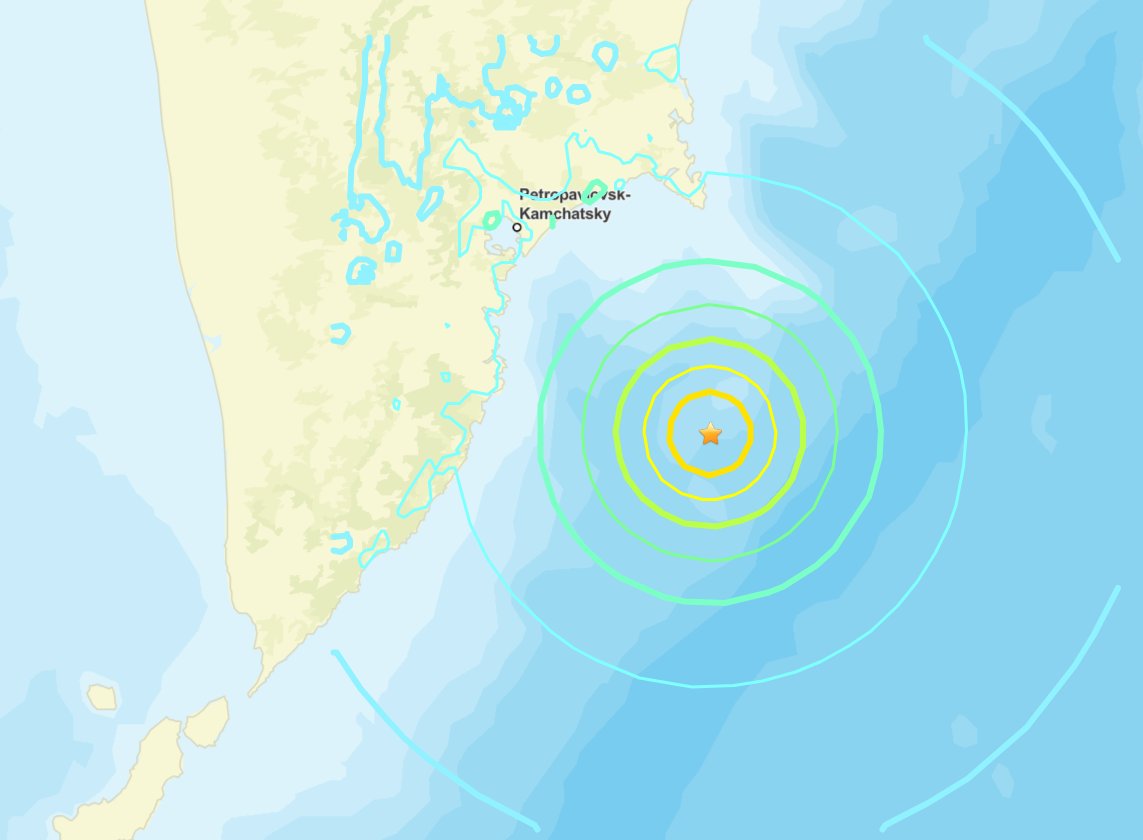
New Zealand’s National Emergency Management Agency warned of “strong and unusual currents and unpredictable surges” along the country’s coastlines.
Residents were urged to leave beaches, harbours, rivers and estuaries immediately. New Zealand is roughly 9,600 kilometres (6,000 miles) from the quake’s epicentre.
The Geophysical Survey of the Russian Academy of Sciences said this was the strongest earthquake in the Kamchatka Peninsula since 1952. Authorities warned of continued aftershocks for up to a month and urged people to avoid vulnerable coastal areas.






